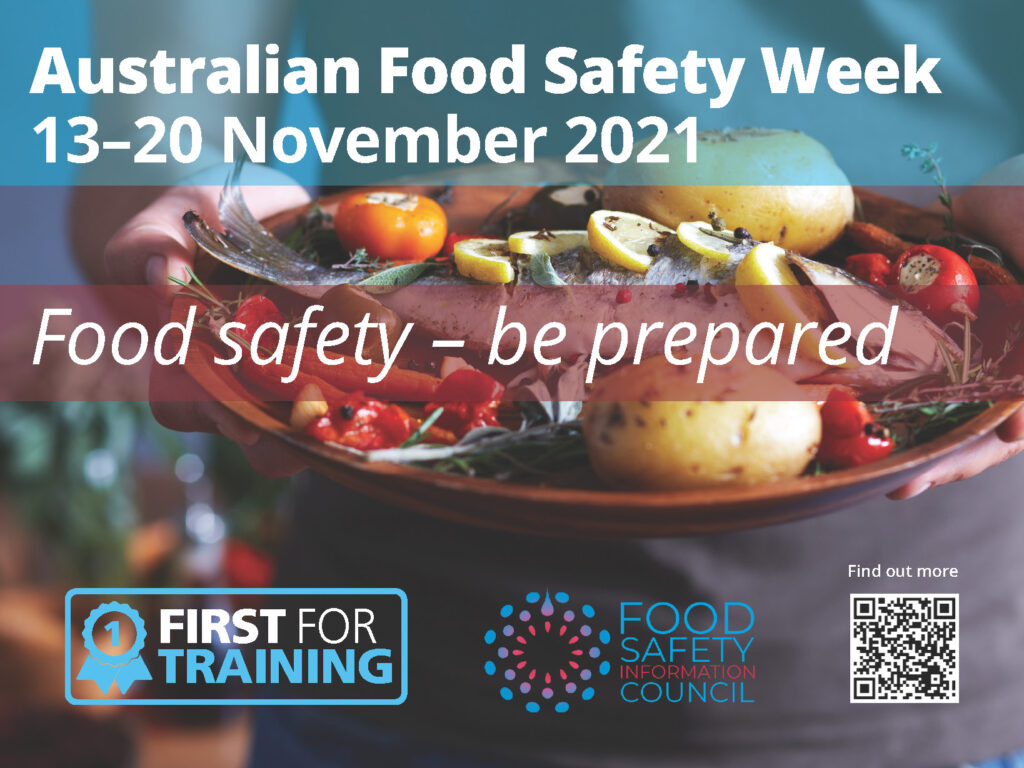
An estimated 4.1 million Australians will contract food poisoning each year.
Food poisoning commonly causes gastrointestinal symptoms, such as vomiting, diarrhoea and cramps, and in some cases, can result in serious health problems like severe dehydration and kidney failure, which can require hospitalisation.
Following safe food practices is therefore critical to reducing the risk of food poisoning.
This week (November 13 to 20) is Australian Food Safety Week (AFSW) – an initiative of the Food Safety Information Council (FSIC) to promote tools and resources to help all Australians practice food safety.
In recent years, Australia has experienced an increasing number of natural disasters, including floods, bushfires and severe storms, which can in major power outages and displace people from their homes.
Concernly, these events have resulted in a rise in the number of food poisoning cases across the country, with food and drinks becoming contaminated due to being stored incorrectly.
Helping to address this challenge, the FSIC is encouraging all individuals, families, and communities to create a food safety toolbox to reduce risk of food poisoning. Their top recommendations include:
- Purchase a fridge thermometer – this tool will allow you to check your fridge is running at least 5 degrees Celsius or below, which will reduce the growth of food poisoning-causing bacteria. This can be particularly helpful during a power outage.
- Purchase a food thermometer – this is important safety tool when cooking high risk foods, such as meat (e.g. mince, poultry, sausages & rolled roasts) & re-heating leftovers, to check the food has reached a safe temperature (~75 degrees Celsius) all the way through to the centre.
- Take a food safety course – these courses provide information and training on how to safety prepare food at home, or for those working or in the food industry.
Of course, there are other simple steps you can take to reduce the risk of food poisoning:
- Practising good hygiene when cooking is important to ensure bacteria is not transferred from raw food to food that is ready to eat. Bacteria can be transferred from a contaminated food or surface such as chopping board, utensils, and hands.
- Thoroughly washing any utensils, including chopping boards, plates and knives, blenders, bowls, and any surface that has been in contact with raw meats, seafood and/or soiled vegetables with warm water and detergent.
- Storing perishable foods in the fridge or freezer helps to prevent food poisoning, and slows down spoilage and loss of food quality.
Storing food in freezer bags can help to maintain quality. Don’t forget to tightening seal the bag after squeezing as much air as possible, label and date the food so you know how long it has been in there for.
- Be aware of temperature danger zones for bacteria growth – between 5 and 60 degrees Celsius, which includes room temperature – and don’t consume food that have been in this zone for over four hours
- Know the signs of spoilt food, which include change in colour, odour, textures, and mould. [find these – e.g. mould, smells, off colour, texture, etc]
To learn more about food safety and test your knowledge and take the food safety quiz on the FSIC www.foodsafety.asn.au
